Leg swelling and edema can be highly uncomfortable, making it difficult to perform everyday activities. While medication can help manage the symptoms, exercise has been proven to be an effective way to improve blood circulation. This article will discuss the nine best exercises for leg swelling and edema relief.
What are Leg Swelling and Edema?
Leg swelling and edema are common problems that affect older people. In these conditions, excess fluid builds up in the legs, leading to swelling and inflammation. Edema can occur in one or both legs and range from mild to severe. In some cases, edema can indicate an underlying health condition and may require medical attention.
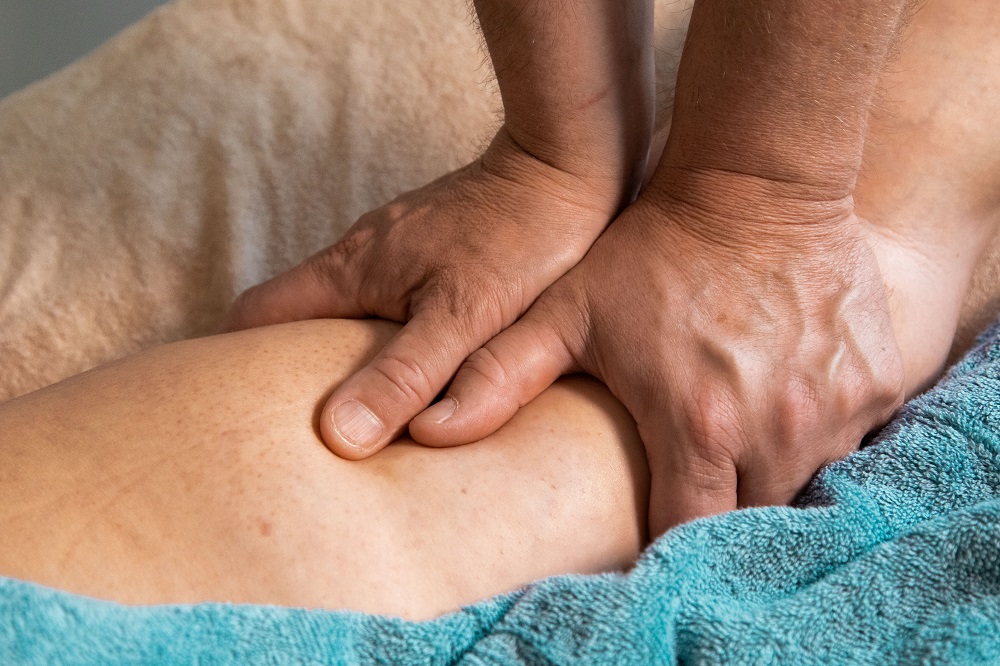
Causes of Leg Swelling and Edema
Leg swelling and edema can be caused by various factors, including:
- Pregnancy
- Injury
- Obesity
- Diabetes
- Hypertension
- Inactivity
- Poor circulation
- Certain medications
- Heart, liver, or kidney disease
- Lymphedema
Leg swelling and edema are common conditions in people with chronic venous insufficiency (CVI). CVI develops when the veins in the legs cannot efficiently return blood to the heart. This can lead to fluid accumulation in the legs and other symptoms such as varicose veins and skin changes.
If you are experiencing leg swelling and edema, consult with a specialist, such as a vein doctor. They can determine the underlying cause of edema before starting any exercise regimen.
Benefits of Exercise for Leg Swelling and Edema
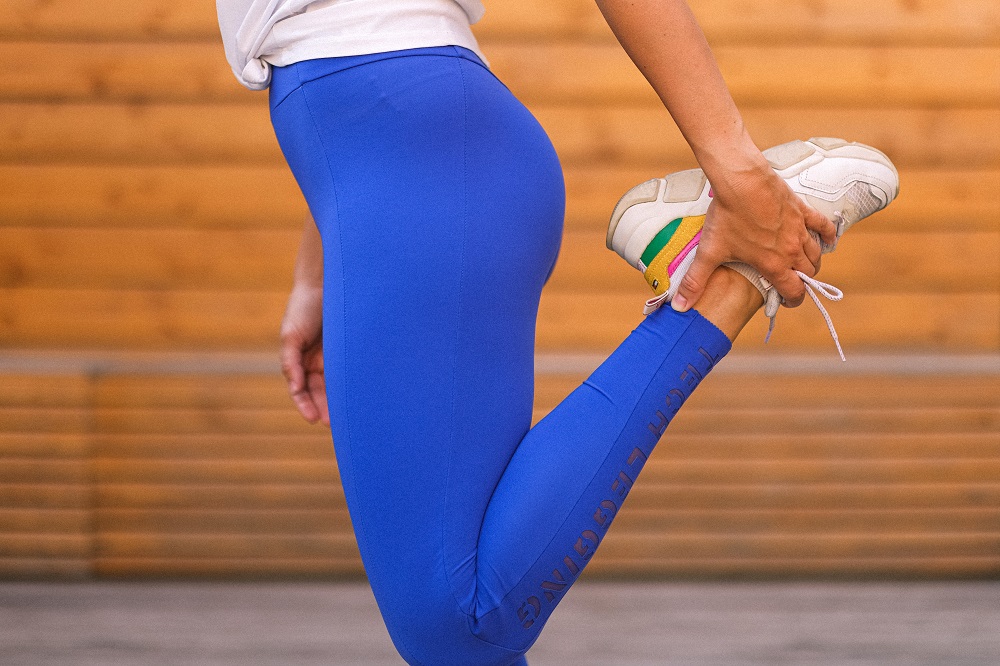
Exercise is a highly effective way to reduce edema and control symptoms. Exercise helps improve blood circulation, which reduces fluid buildup and inflammation. Exercise can also help prevent the onset of lymphedema, characterized by an accumulation of protein-rich fluids beneath the skin. Studies indicate that exercise can improve overall mobility in people with lymphedema.
How to Get Started with Exercise for Leg Swelling and Edema Relief
Before starting any exercise regimen, consult with a doctor to identify any underlying medical conditions contributing to fluid accumulation. Once cleared, it’s important to start slowly and gradually increase the intensity and duration of exercise.
9 Best Exercises for Leg Swelling and Edema Relief
Here are the nine best exercises for leg swelling and edema relief:
Exercise 1: Walking
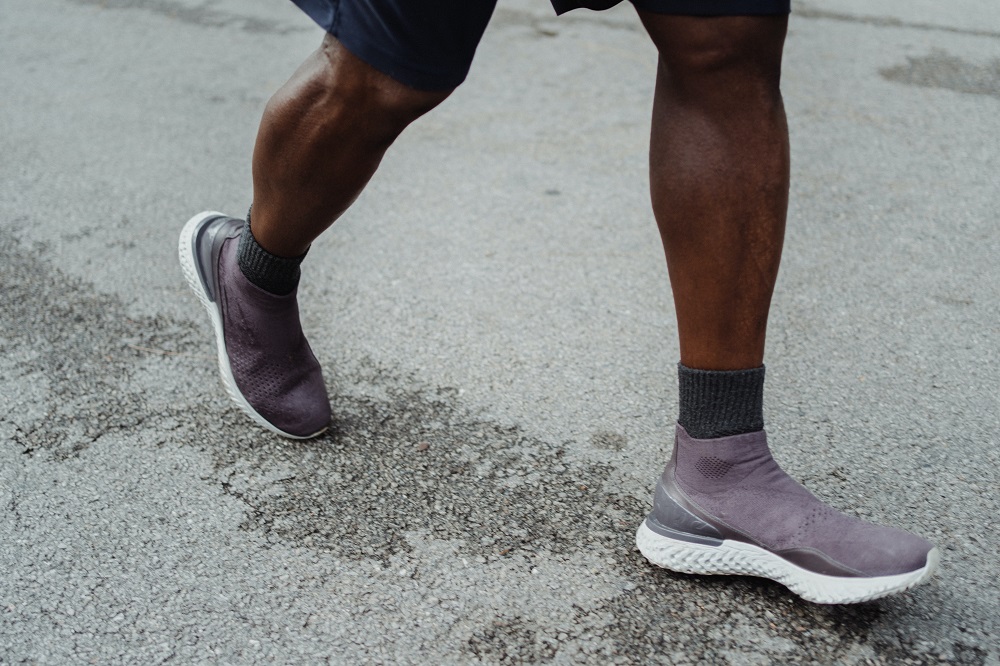
Walking is a low-impact activity that puts minimal joint stress and can be done almost anywhere. Walking helps improve blood circulation, which helps reduce fluid buildup and inflammation.
Exercise 2: Leg Raises
Leg raises are a simple exercise that can be done while sitting or lying down. Leg raises help to improve blood circulation and reduce swelling in the legs. Simply lift one leg at a time, hold for a few seconds, and lower back down. Repeat on the other leg.
Exercise 3: Swimming
Swimming is a low-impact exercise that helps improve heart function. The buoyancy of the water reduces pressure on the legs, making it an excellent exercise for those with leg swelling and edema.
Exercise 4: Cycling

Cycling is also a low-impact activity that can be performed indoors or outdoors. This exercise helps reduce blood pressure and strengthens the muscles in the legs. It’s crucial to start slowly and gradually increase the intensity and duration of cycling over time.
Exercise 5: Yoga
Yoga is a gentle exercise that reduces stress and improves flexibility and strength. Certain yoga poses, like the legs-up-the-wall pose, can help improve blood circulation and reduce leg swelling.
Exercise 6: Stretching
Stretching is a simple exercise that can be done almost anywhere. Stretching helps improve blood circulation. Also, stretching can help reduce tension and inflammation in the legs. It’s important to stretch all the major muscle groups in the legs, including the calves, hamstrings, and quadriceps.
Exercise 7: Resistance Training
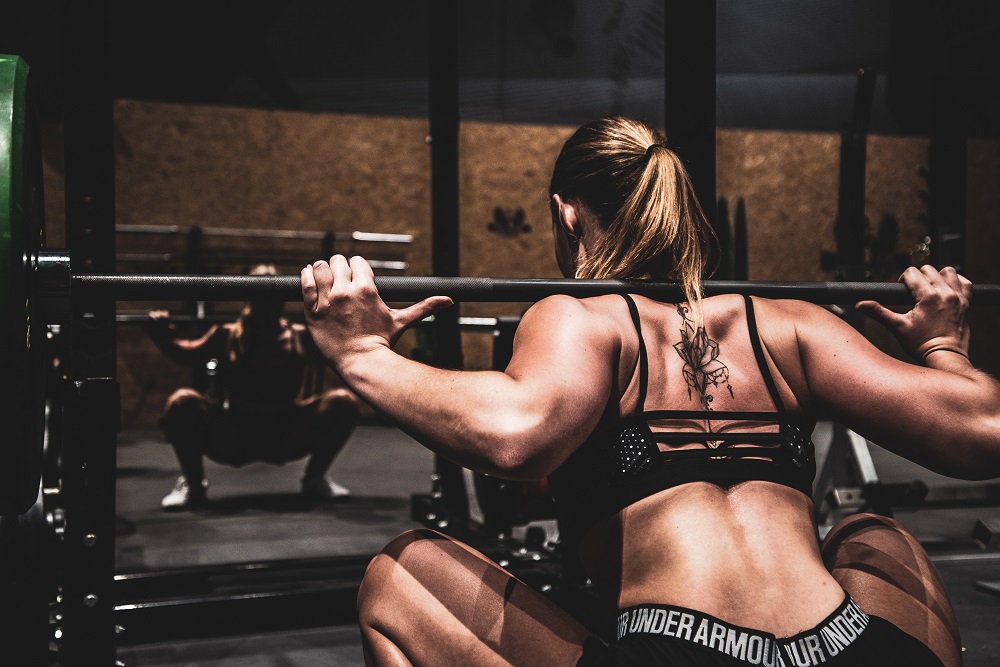
Strengthening the muscles can help improve blood circulation and reduce the risk of injury. Resistance training involves the use of weights or resistance bands to strengthen the muscles in the legs. Begin with lighter weights and gradually increase the intensity as you progress.
Exercise 8: Pilates
Pilates is a low-impact exercise that emphasizes building core strength and flexibility. Pilates can help improve posture and reduce tension in the legs. This can aid in the improvement of blood circulation and the reduction of lymphedema.
Exercise 9: Tai Chi
Tai Chi is a gentle exercise that involves slow, fluid movements. Tai Chi can help improve balance, reduce stress, and improve cardiovascular circulatory functions. Tai Chi can be done anywhere and is suitable for all ages and fitness levels.
Precautions When Exercising for Leg Swelling and Edema
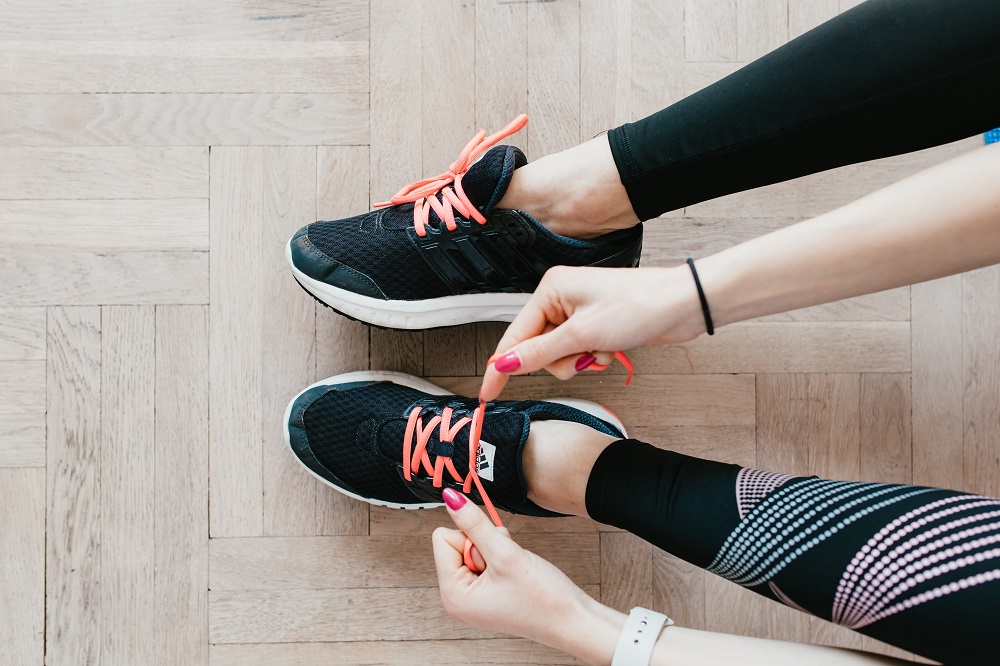
While exercise can benefit leg swelling and edema, taking certain precautions to avoid injury is important. Begin slowly and progressively increase the intensity and duration of exercise over time. Wear comfortable clothes and supportive shoes. Also, avoid high-impact activities that can put extra stress on the joints. If you experience discomfort or pain during exercise, stop immediately and consult with a healthcare provider.
Conclusion
Leg swelling and edema can be uncomfortable and painful conditions. However, exercise can be an effective way to reduce swelling and improve blood circulation. Try to start practicing any of the exercises we recommend in this article. Start slowly and eventually increase the time and intensity. By incorporating these exercises into your routine, you can help prevent and ease the symptoms of edema. Start today and start feeling better! Remember to consult a healthcare provider before starting any exercise regimen to avoid injury.